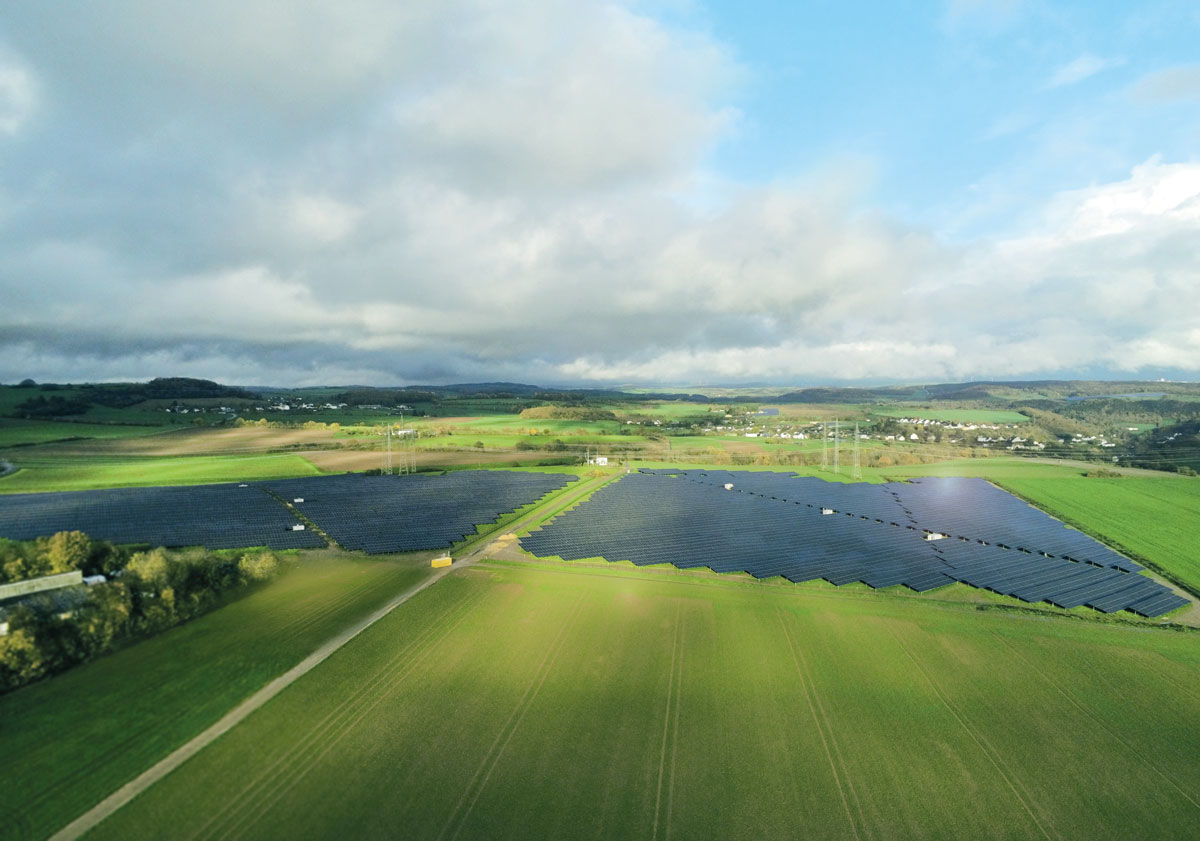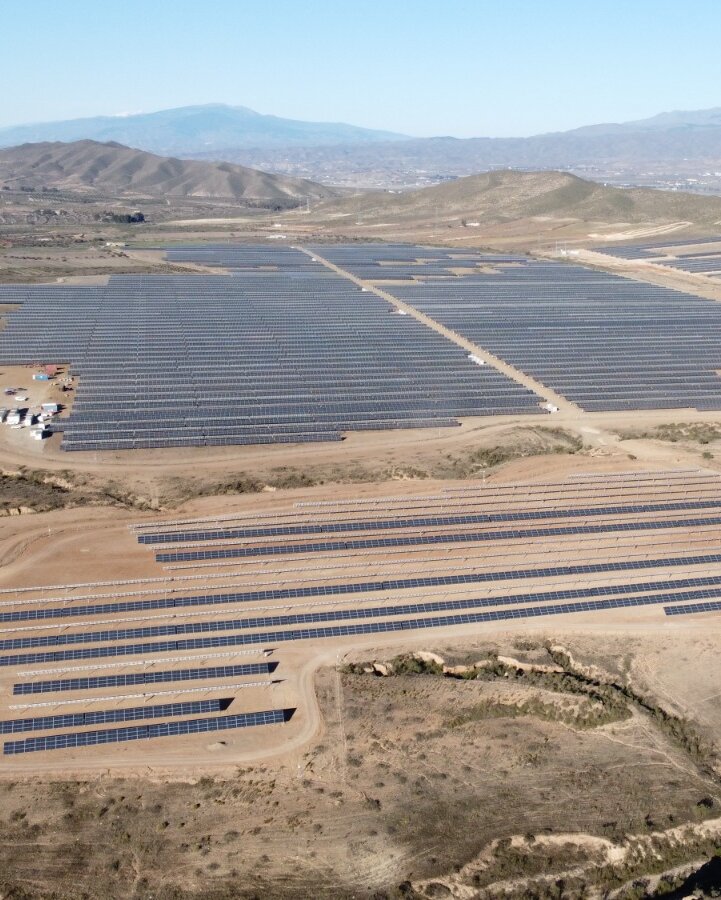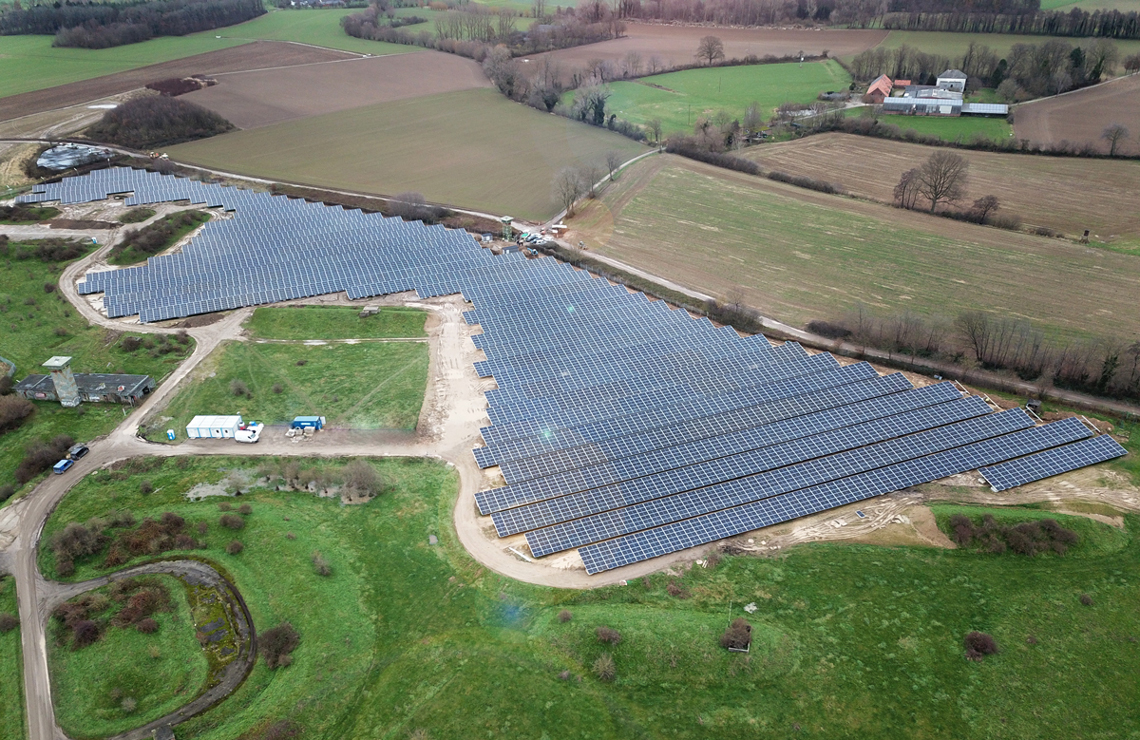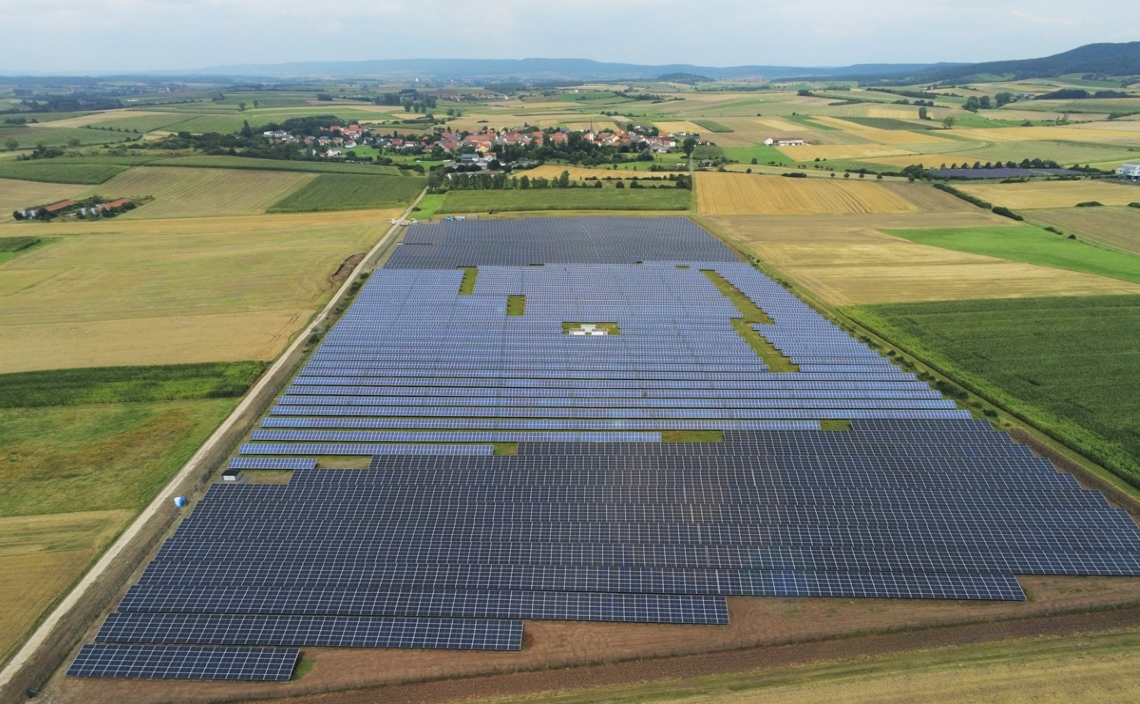
SENS.
The Good
Energy
Company.
We develop, build and operate renewable energy plants - throughout Europe.
Contact us now
Iqony Sens - Iqony Sustainable Energy Solutions - develops, builds and operates renewable energy plants throughout Europe as an Independent Power Producer (IPP) and EPC service provider. Iqony Sens acts as an IPP in the solar and wind sectors. The EPC and O&M division includes both the construction and maintenance of the company's own solar and wind energy plants and also offers customers turnkey solar park solutions. We are actively and passionately committed to the expansion of sustainable projects in order to create a future with 100% Good Energy.
Energy
News
Exhibitions & Events
Convince yourself of the performance of our products and solutions. Meet our experts at the events.
We look forward to seeing you!
Events
Work
Best of projects
The projects of Iqony Solar Energy Solutions encompass a broad range of services in the fields of Utility Scale, Energy Systems, Energy Services and Energy Efficiency.

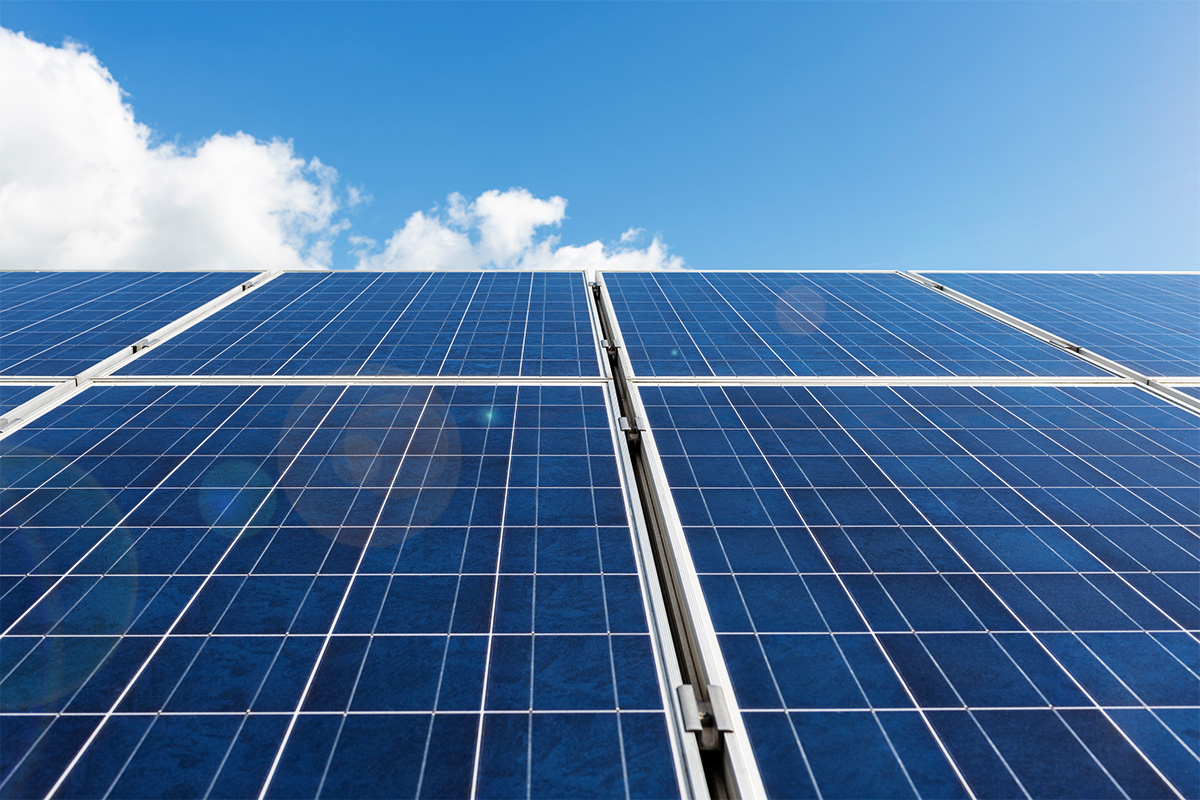
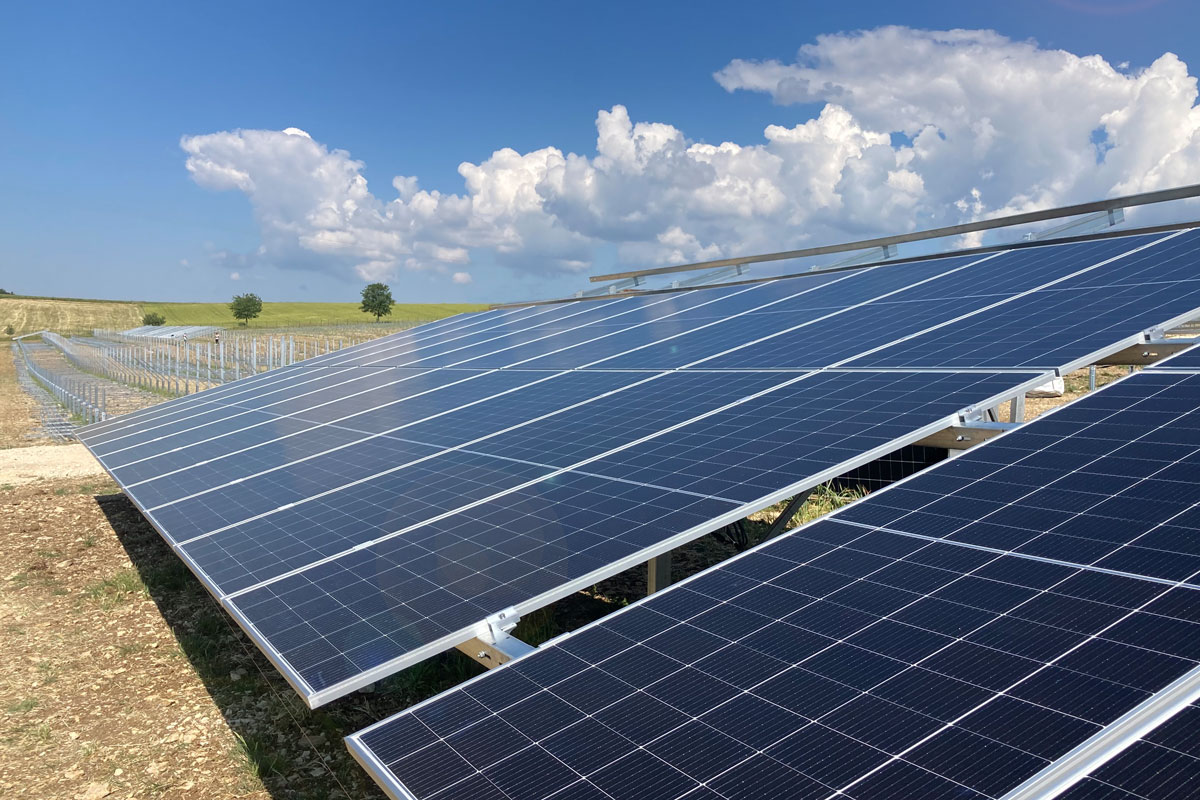
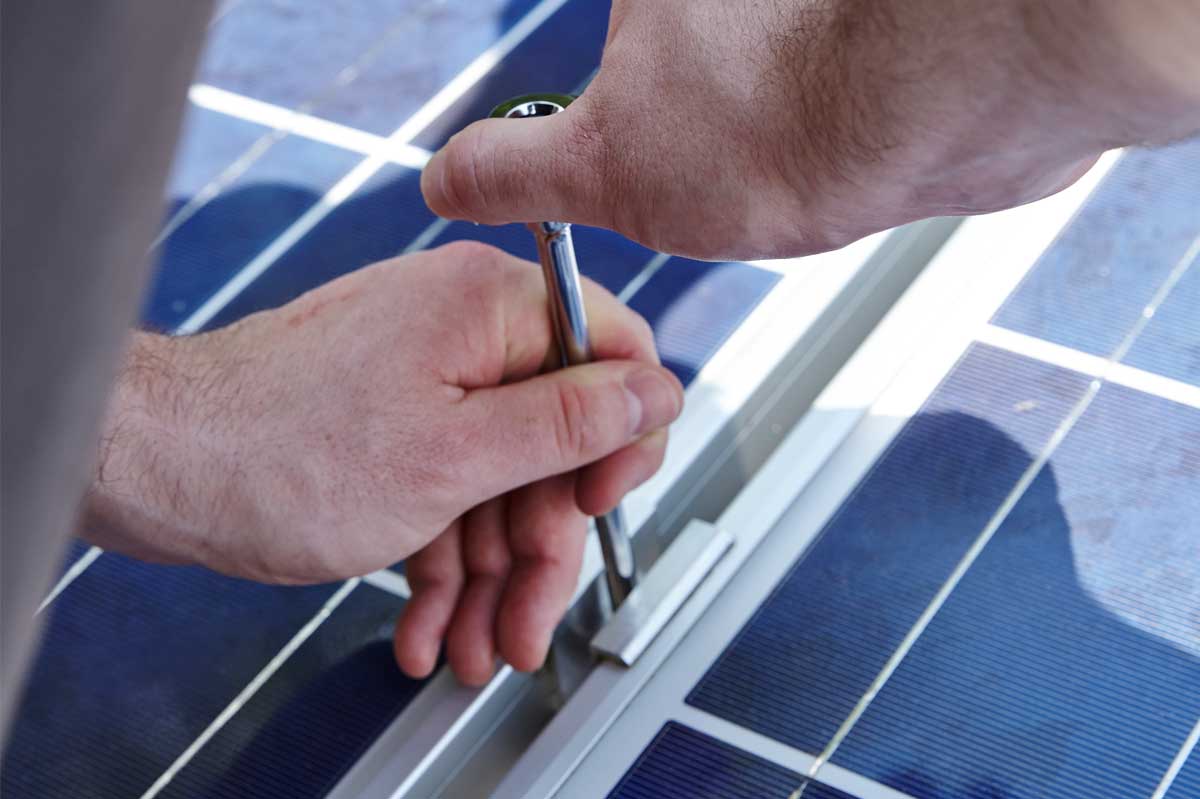






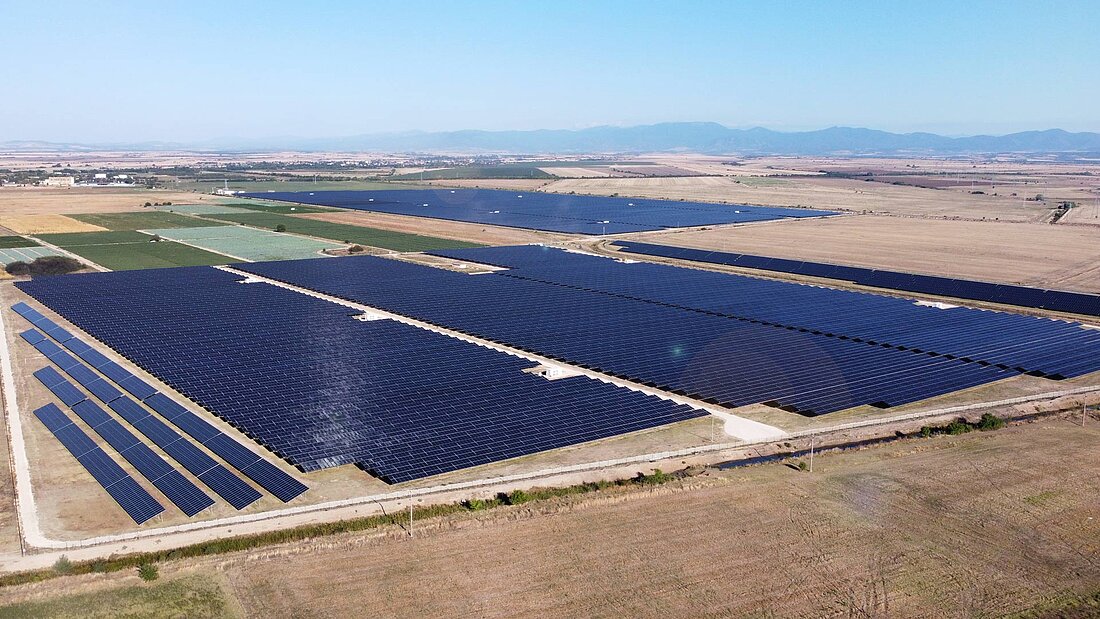
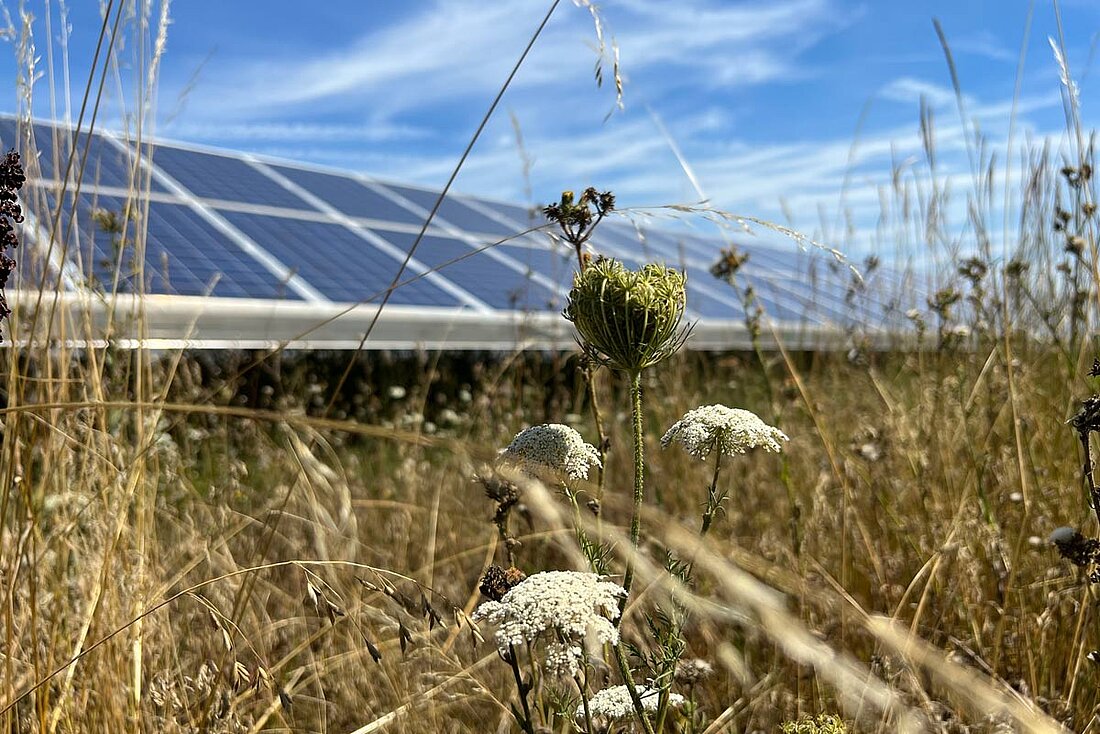
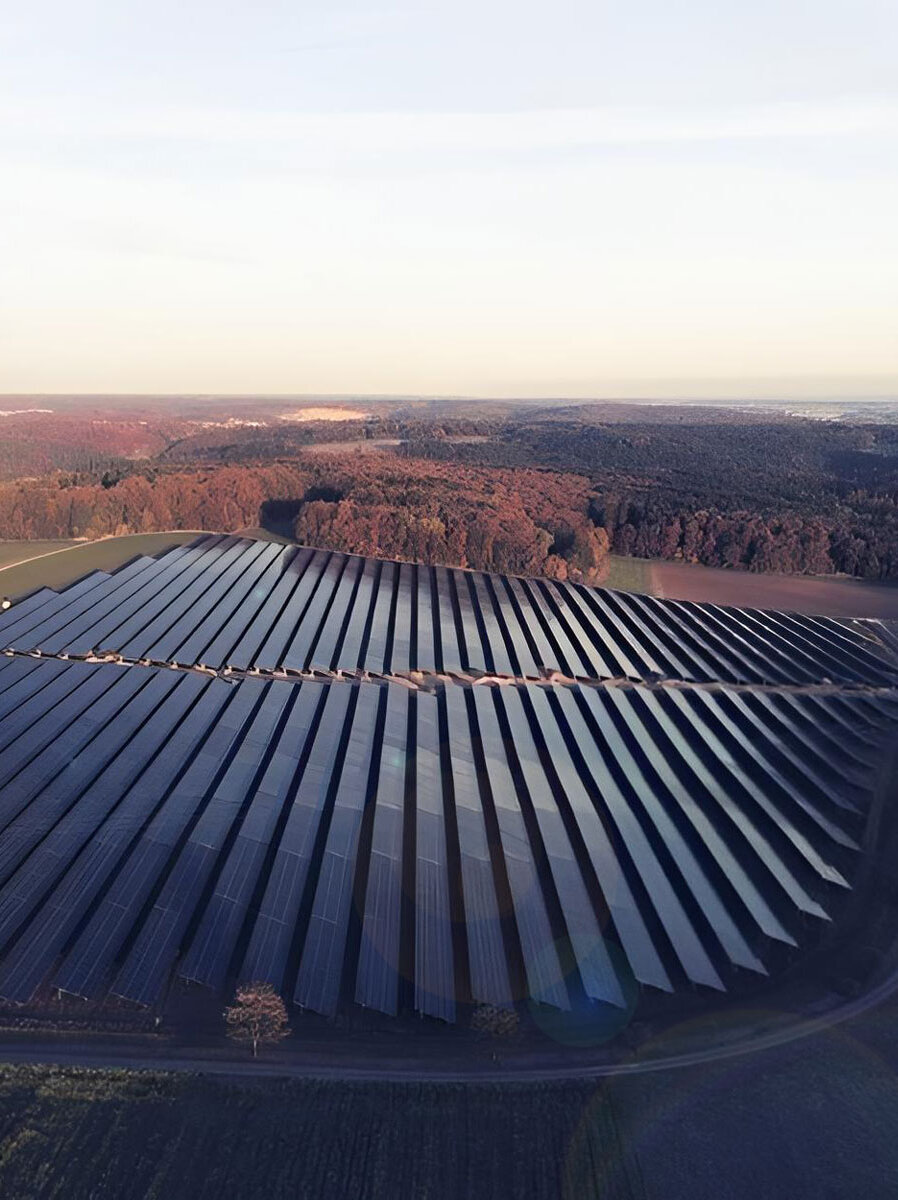
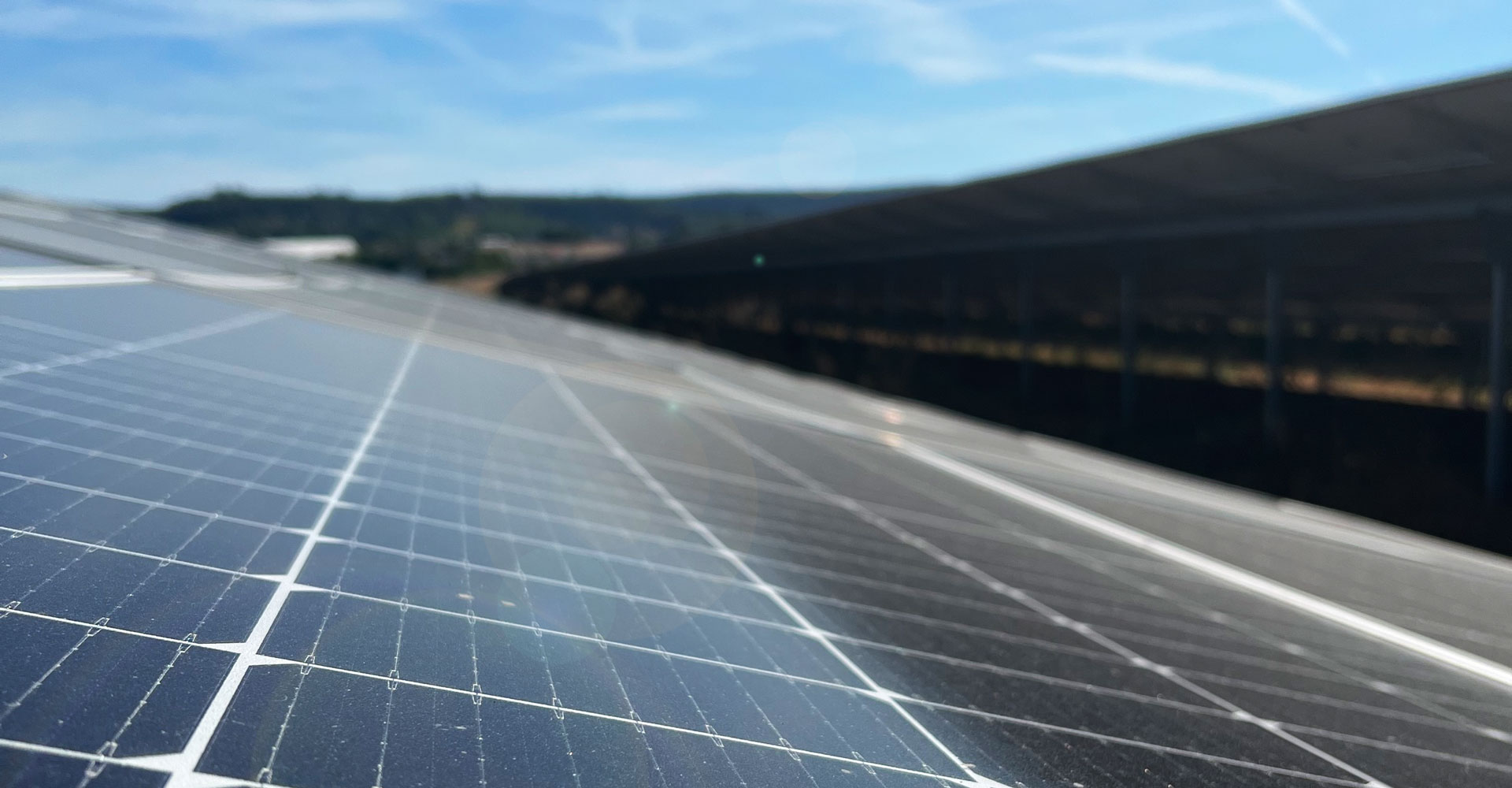





![[Translate to English:] Solarpark Bettingen Germany SENS](/fileadmin/user_upload/References/Ref_Solar_parks/Bettingen_Deutschland/bettingen-deutschland-sens.jpg)
